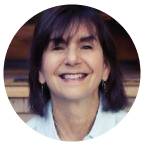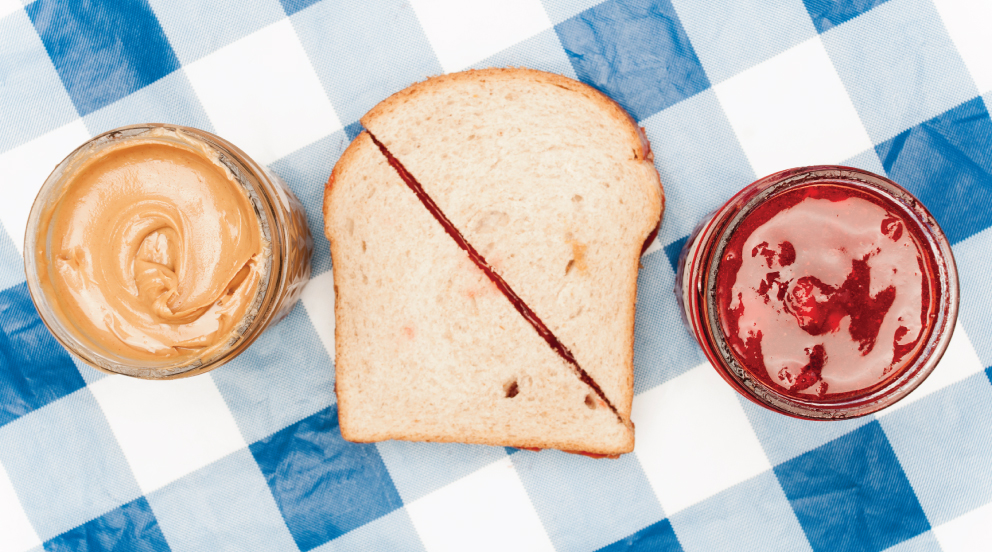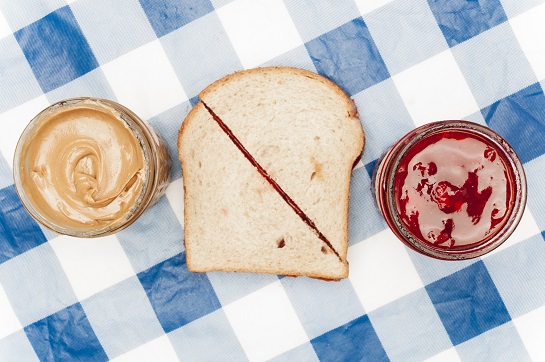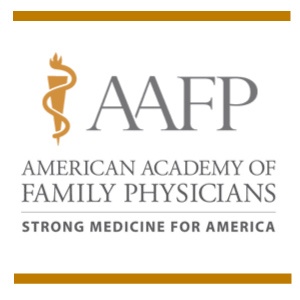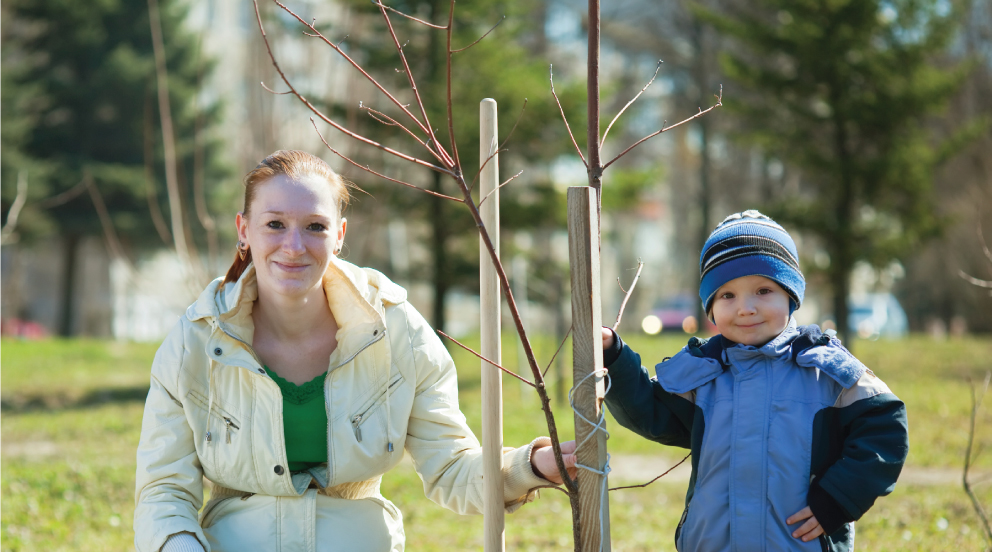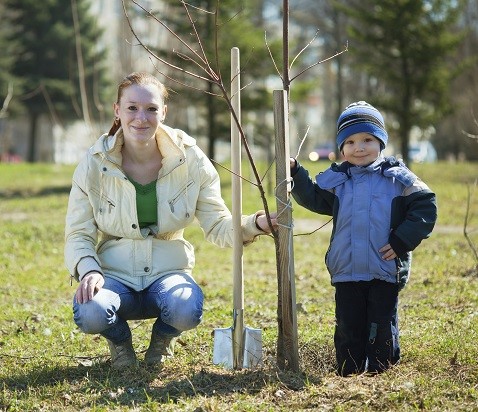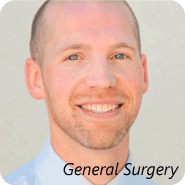KVH Contributor*
Auren O’Connell, DNP, PMHNP
KVH Family Medicine – Cle Elum
In a medical emergency or when you are not feeling well, one word often comes to mind, “doctor”. According to Merriam-Webster, “The word doctor comes from the Latin word for ‘teacher,’ itself from docere, meaning ‘to teach.'”
Patient education and teaching are not my first expectation when I seek medical care. “Give me something to feel better” or “make me better” is often on my mind.
Thankfully, many medical conditions are easily treatable and only require brief treatment or interventions. Other conditions are not so simple, requiring occasional follow-up and/or chronic management.
As a society we are living longer, and as we age we are more vulnerable to chronic conditions and mismanagement thereof. If managing our health condition didn’t seem like enough, then comes the cost and coordination of various visits, all of which can snowball and seem overwhelming.
As a whole, healthcare and funding are transitioning from volume-based (fee for service) to value-based (fee for value). Within this paradigm shift, evidence-based practice models of team-based collaborative care are being deployed, most targeting chronic conditions and/or mental health problems.
There are many terms being tossed around: integrated, medical home, collaborative care, chronic care management, etc. All these terms are important, but all emphasize patient-centered, collaborative, and team-based interventions.
At the core of these models is an emphasis on teaching and collaboration by all members of the care team, including the patient, who teaches the care team about his/her own strengths, needs, and preferences.
The primary care provider is the head coach on the team and is empowered to deliver comprehensive and connected healthcare through a shared treatment plan with measurement-based targets. Nurses and/or care managers help to coordinate the treatment plan, offer self-management support, and answer questions by phone and in person visits.
All of this equates to more value and resources for both the patient and the team.
Quality and collaboration are core values of Kittitas Valley Healthcare. In my experience as a psychiatric nurse practitioner, whole health and value-based healthcare is at the core of what drives both leadership and providers within Kittitas Valley Healthcare. Fortunately, reimbursement models with payers are emerging which will allow for expansion of value-based healthcare that emphasizes quality evidence-based interventions, care coordination support, and collaboration for patients who need it most.
Your primary care provider may approach you about participation in our new chronic care management program or our collaborative behavioral healthcare program, which will be launching in the future. I plan to share more on collaborative behavioral healthcare at a later date, but these are my thoughts on value-based healthcare and collaboration as a whole.
*Opinions expressed by KVH Contributors are their own. Managed by Kittitas Valley Healthcare, HealthNews does not provide medical advice. For medical advice, please see your healthcare provider.

